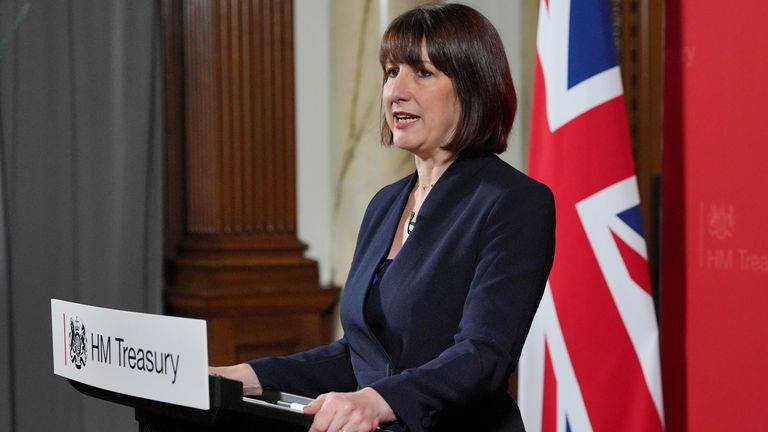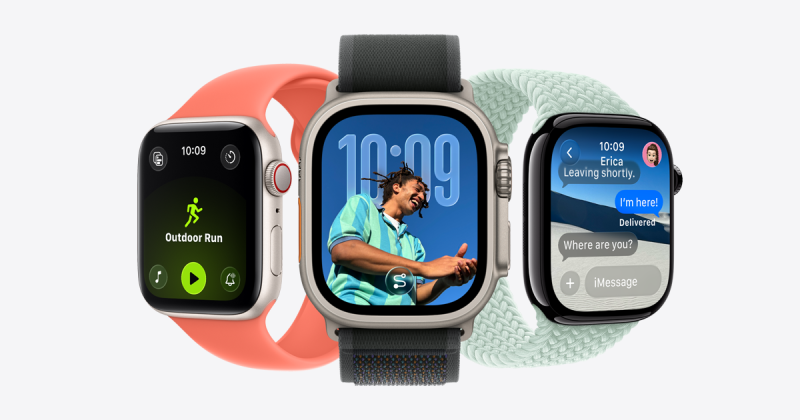Apple is poised to silence skeptics and reshape expectations at its Worldwide Developers Conference (WWDC) 2025, kicking off June 9 at Apple Park. The technology giant faces mounting pressure after a rocky AI rollout and legal and trade challenges throughout the year. With investors waiting on the sidelines, Apple’s leadership must show exactly how it plans to stay ahead in a fiercely competitive landscape. The central burning question: Can Apple finally deliver on its AI promises and dispel doubts about its innovation pipeline? In 2024, Apple introduced "Apple Intelligence" with bold claims—a smarter Siri, enhanced workflows, and tighter integration—but users criticized its limitations when those features failed to materialize. Now, key AI initiatives are delayed or scaled back amid internal scrutiny over performance versus privacy trade-offs. Apple’s ability to demonstrate real, meaningful AI breakthroughs—especially in Siri and system-wide intelligence—will determine whether it can regain trust.
WWDC 2025’s software reveal is expected to bring a sweeping interface overhaul across iOS, iPadOS, macOS, watchOS, tvOS, and visionOS. Codenamed “Solarium,” the design draws heavily from visionOS, promising translucent, glass-like elements, floating menus, and redesigned icons. Apple is also shifting naming schemes to align OS versions with years—introducing iOS 26, macOS 26 “Tahoe,” and more—marking the largest visual refresh in over a decade.

Read Also: Netflix Ups Subscription Costs in Nigeria Again

One highlight will be third-party access to Apple’s AI models. Developers may soon gain tools to build generative AI features into their apps, enabling smarter summaries, Siri improvements, and enhanced interactions. While consumer-facing AI features remain limited for now, this developer pivot signals Apple is laying the groundwork for broader AI adoption later. WWDC will also debut a new gaming app, likely replacing legacy Game Center. Combined with UI updates on iPad and Apple TV and new gestures and live translation for AirPods, Apple is reinforcing its ecosystem while keeping hardware announcements, like the rumored slim “iPhone 17 Air,” largely on hold until fall.
Wall Street has reacted cautiously. Apple shares are down nearly 18% year‑to‑date, wiping out approximately $750 billion in market value, and prompting bearish analyst commentary. Investors are craving a clear roadmap—not empty promises—and WWDC is their moment of clarity. The event is as much about restoring confidence in Apple’s long-term direction as it is about unveiling new software. Critics note that Apple’s on‑device AI strategy—emphasizing privacy and custom silicon—lags behind cloud‑centric competitors offering powerful generative AI. Internal strategy shifts and rumored partnerships (e.g., OpenAI integration) suggest Apple is recalibrating for a hybrid approach that balances privacy concerns with practical performance. Analysts will be watching for signs that Apple has indeed caught up.
What Apple decides to unveil today will shape its trajectory for years. Whether it’s a bold new AI assistant, a design revolution, or developer tools that set the stage for future breakthroughs, the message must resonate. Investors may have been disillusioned, but Apple still has an unmatched user base across more than two billion devices. WWDC 2025 may be the defining moment: prove that Apple can innovate deeply and thoughtfully, or confirm critics’ doubts that it’s fallen behind. Apple’s keynotes are typically livestreamed at 10 AM PT (6 PM BST). With Tim Cook and Craig Federighi at the helm, the stage is set for answers to Apple’s most pressing question: What comes next?
Uphorial.



